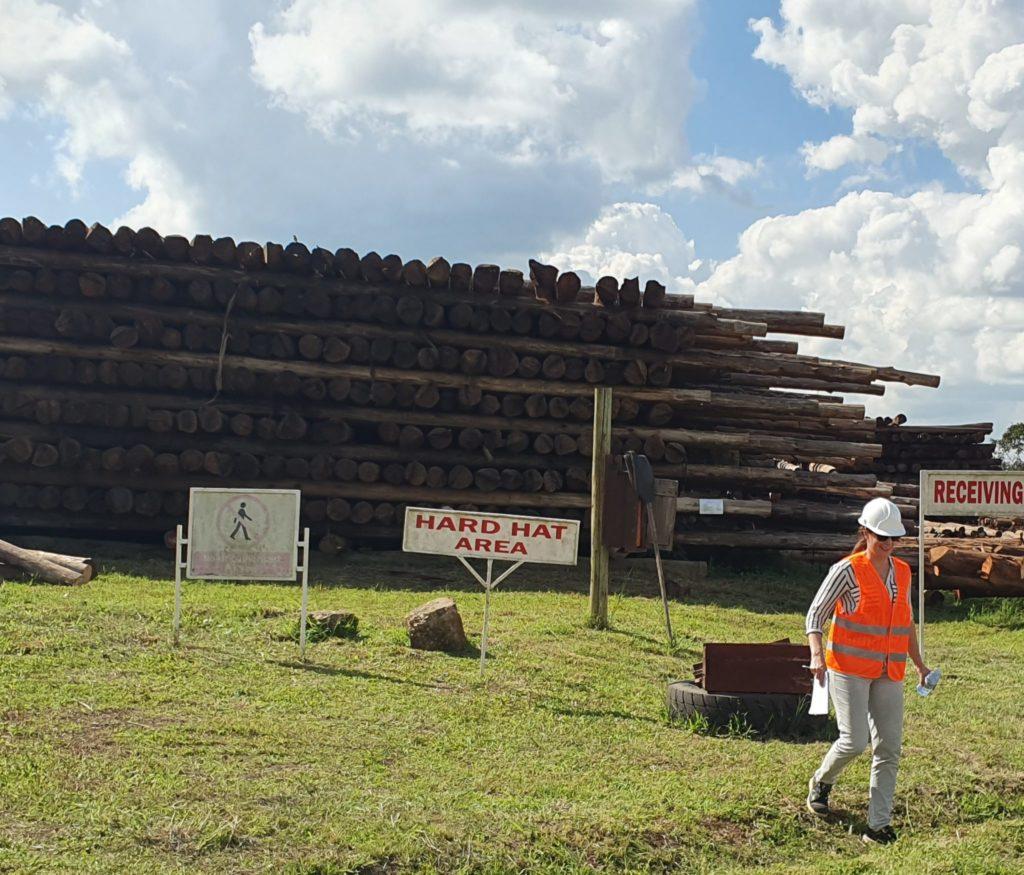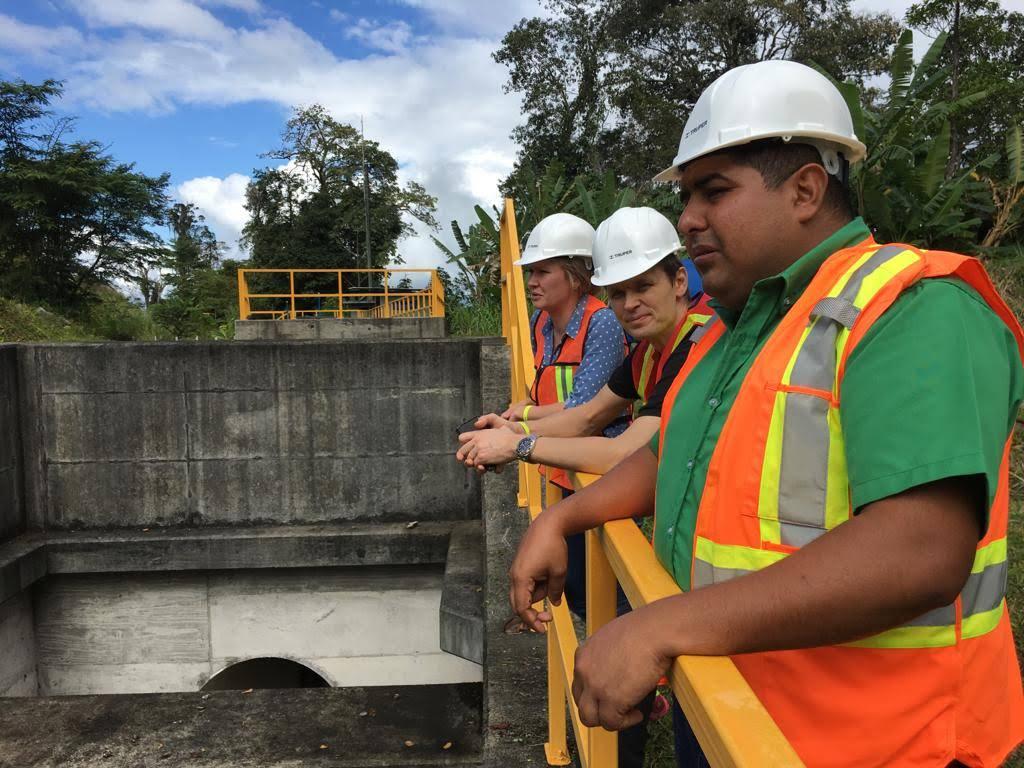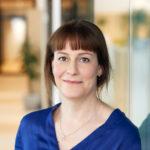June 16, 2020
Reviewing environmental and social issues remotely – can you use all your senses in a Teams meeting?
A bit more than a week ago our colleague Hanna described the realities of carrying out a financial due diligence process while travel is restricted. She pointed out that the need for investments has not disappeared – on the contrary, financing is needed now more than ever in our target countries. While other investors may hesitate, development finance institutions have a responsibility to keep financing viable companies and help them through the difficult times ahead.
Environmental and social due diligence (ESDD) is a process during which we review the environmental, social, and human rights risks, impacts and performance associated with a potential investee’s business activities and assess to which extent these may negatively affect people, the environment, or the company’s business activities. The potential risks and impacts are identified, quantified, and evaluated. Then mitigation measures are defined to address and manage them. Finnfund’s investees will commit to implement these mitigation measures within an agreed timeframe. How can the ESDD be done remotely?
Paper vs practice

On-the-ground operations are visited to see how policies and procedures are implemented in practice.
Especially for investments expected to present significant environmental and social risks and impact, the ESDD is a very comprehensive and thorough exercise of information gathering, screening, in depth analysis and review, comparison with applicable local and international standards and other requirements, verification and cross-checking information and documents from different sources.
A lot of this can be done remotely but for higher risk investments this is not sufficient.
The findings of desk-top work are confirmed and information gaps filled during field visit in in-person meetings and by interviewing the company representatives, employees, and stakeholders for example in the supply chain, neighbouring communities and in the society. On-the-ground operations are visited to see how policies and procedures are implemented in practice.
During these visits Finnfund’s Environmental and Social Advisors use all their senses: we see, hear, smell, and feel whether the realities of the business match with the picture built from documents and discussions. Without travelling, how can you build such a comprehensive understanding of a potential investment?
Pictures, videos and virtual walks
In the pandemic era, these interviews can be organised, as Hanna already described, as virtual meetings. To succeed and deliver against our needs, these meetings require a well thought agenda, adequate background material and plenty of time. Actually, even more days will be needed for virtual meetings than what would be spent during a field visit. This is because virtual meetings can be surprisingly exhausting so good breaks and time for reflection are necessary to make most out of them – one should avoid squeezing virtual meetings into a minimal time.
While one can somehow try to replace visual site and surrounding observations with pictures, videos or virtual walks, the technology that would allow us to virtually sense the temperature, humidity or odours and air quality in or near a production facility does not exist. And that’s nothing compared to challenges in ‘virtually’ judging the quality of communication and the level of trust between people: How is the interaction between a company and its stakeholder communities? What about the body language when the camera shows only a face? And how complicated can it be to organise group hearings and discussions with local stakeholders and communities? Or Free Prior and Informed consultation and consent (FPIC) processes linked to land–based investments when the number of persons attending a meeting may be restricted and lockdown means going to the meeting place is not possible?
Technology brings possibilities
While new technologies such as drones and 3D virtual glasses are still ‘science fiction’ from an ESDD perspective, there are emerging tools that can support virtual ESDD work. Examples include Google Earth satellite pictures, Covid-19 specific mapping tools and databases prepared to address risks and issues arising from the pandemic. Community based monitoring tools developed by civil society organisations are good options for the near future. Late last year, we initiated a pilot with Work-Ahead Ltd., using anonymous surveys to gather information on labour, working and living conditions directly from employees and nearby communities of our investees, in people’s own language. Solutions like this are invaluable now and will be great tools in the future.
Under normal circumstances we would hire specialised international consultants for some of the ESDDs who would then team up with local experts. The international consultants bring in-depth knowledge of international environmental and social standards and requirements of investors, while the local team members bring their valuable understanding of the local context and reality. Both elements are key to get the best out of the ESDDs. At the moment, because of travel restrictions, we have to rely on local consultants only, so more time is needed to identify those who can provide both the local and international expertise, work with them virtually in scoping the assignment and provide guidance before and during the consultancy missions. Sending local consultants to site visits, we also have to make sure they can work safely, without contracting or spreading the Covid-19 disease, protecting themselves as well as the clients, and their stakeholders.
Strengthening the collaboration
We can overcome some of these challenges by tightening our collaboration with other development financing institutions. For example, European Development Financing Institutions (EDFIs) have been working together for a long time to harmonize their environmental and social management processes and this collaboration truly delivers its benefits at times like this. Knowing that we share approaches and requirements in ESDD allows us to rely on work carried out by our sister organisations. This is the case for example if we are investing in the same company, and another EDFI member has carried out their ESDD site visits before the travel restrictions, or they have previously invested in the company and know it well from an environmental and social perspective. Gaining all the benefits from the collaboration with other investors in a virtual ESDD requires specific arrangements though: during a normal ESDD field missions, discussions with our colleagues at breakfast or dinner would ensure synergies are found and views and findings are reflected between organisations, but in the virtual world these opportunities for discussions have to be created as specific meetings or calls.
What about monitoring and supporting current investments?

Monitoring in Mezapa, where slopes have successfully been stabilised using effective and ecological vegetation in combination with advanced structures. Many local community members learned basic civil engineering works during the construction of the project, and continue to work in maintenance.
Depending on the duration of the pandemic and the resulting travelling restrictions, challenges in monitoring the environmental and social performance of our investee companies becomes increasingly an issue. Because of increased levels of risks and impacts, we would normally visit our investments more frequently during construction periods. These visits have to be replaced by photos, videos and reports and the use of local consultants as our eyes and ears. In general, the higher the environmental and social risks and the shorter our relationship with the client, the more important monitoring visits to our investees are. Although a few months pause in travelling or one missed monitoring visit is not expected to cause any major issues, it is a pity that as companies facing Covid-19 related challenges would benefit from some extra support and advice we can only help remotely. The travel restrictions will be lifted one day though, and we need to make sure we have our bags packed at that point.
The higher the environmental and social risks and impact, the more crucial are site visits and in-person discussions. As we strive to continue providing financing to new and existing clients while not able to travel, we will continue to adapt our ESDD. Applicability and feasibility of a virtual ESDD is analysed carefully case by case and for the time being, some of our investment decisions will be pending or conditional, until we will have an opportunity to visit the sites. Because trust is built best face to face.
Anne Arvola
Environmental and Social Adviser
Sylvie Fraboulet-Jussila
Senior Environmental and Social Adviser
Categorisations for environmental and social responsibility
El Salvador solar power project produces much more than just megawatts
Finnfund driving the sustainability agenda: Case study, Burapha Agroforestry, Laos
